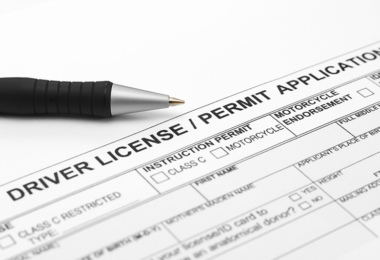Home / Modules / Components / Modify current tests to move from learner to intermediate license, add exit tests / Current implementation status
Current implementation status
- There is substantial variation in written and road tests around the world, and those in the United States are in general less demanding than tests in many other countries.4
- In Connecticut, a task force appointed by the Governor recommended that the written and on-road tests for young drivers be made more comprehensive. In this case, only the written test was changed, increasing the number of questions from 16 to 25, and the pass rate criterion from 75% to 80%. Surveys of license applicants before and after the change indicated no measurable impact of this change.5
- In New Jersey, a similar task force convened in 2009 also recommended that written and road tests be enhanced to more accurately assess driving skill and safety, noting that the present tests had not been changed in more than 50 years and might not be valid in today’s environment. A bill was subsequently passed to change the written test, but that change has yet to be implemented.
- The American Association of Motor Vehicle Administrators (AAMVA) has developed driving test protocols intended to result in standardization of tests across states. This includes a model driver manual, knowledge tests, and on-road testing procedures. This exercise is not aimed at lengthening the tests or making them more difficult, but to increase uniformity across states based on a best practices assessment. The model driving test protocols are voluntary and have only recently been released so it will likely be several years before states adopt some, or all, of the testing model.





